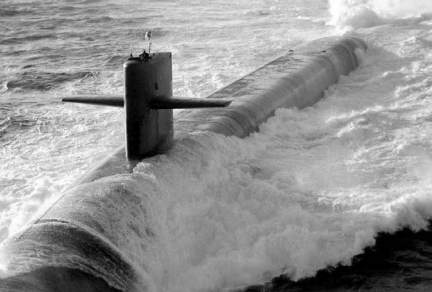
From Counterforce to Minimal Deterrence: A New Nuclear Policy on the Path Toward Eliminating Nuclear Weapons
Though the nuclear arsenal of the United States is smaller than it was during the Cold War, the day-to-day deployment of forces has changed very little. The United States still has weapons ready to launch at a moment’s notice at all times.
The reason is simple: the mission for nuclear weapons has not changed from the time of the Cold War.
Most Americans would be surprised to discover that the instructions to our nuclear targeteers still include a requirement for a surprise first strike against Russian nuclear forces to destroy them on the ground. It is time to shift the focus from reducing numbers of nuclear weapons to reducing the missions of nuclear weapons.
The FY2026 National Defense Authorization Act (NDAA) paints a picture of a Congress that is working to both protect and accelerate nuclear modernization programs while simultaneously lacking trust in the Pentagon and the Department of Energy to execute them.
While advanced Chinese language proficiency and cultural familiarity remain irreplaceable skills, they are neither necessary nor sufficient for successful open-source analysis on China’s nuclear forces.
Satellite imagery has long served as a tool for observing on-the-ground activity worldwide, and offers especially valuable insights into the operation, development, and physical features related to nuclear technology.
This report outlines a framework relying on “Cooperative Technical Means” for effective arms control verification based on remote sensing, avoiding on-site inspections but maintaining a level of transparency that allows for immediate detection of changes in nuclear posture or a significant build-up above agreed limits.